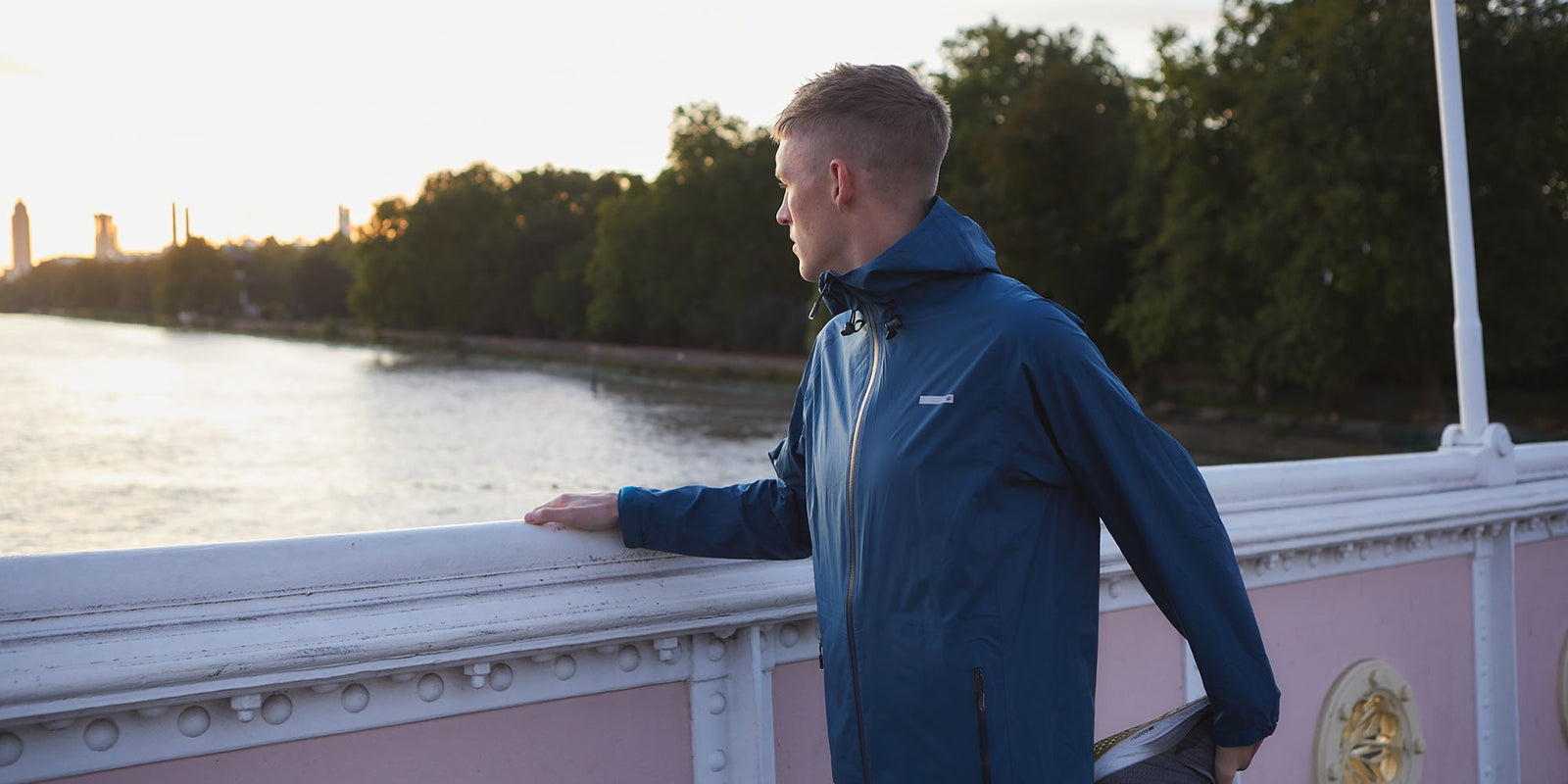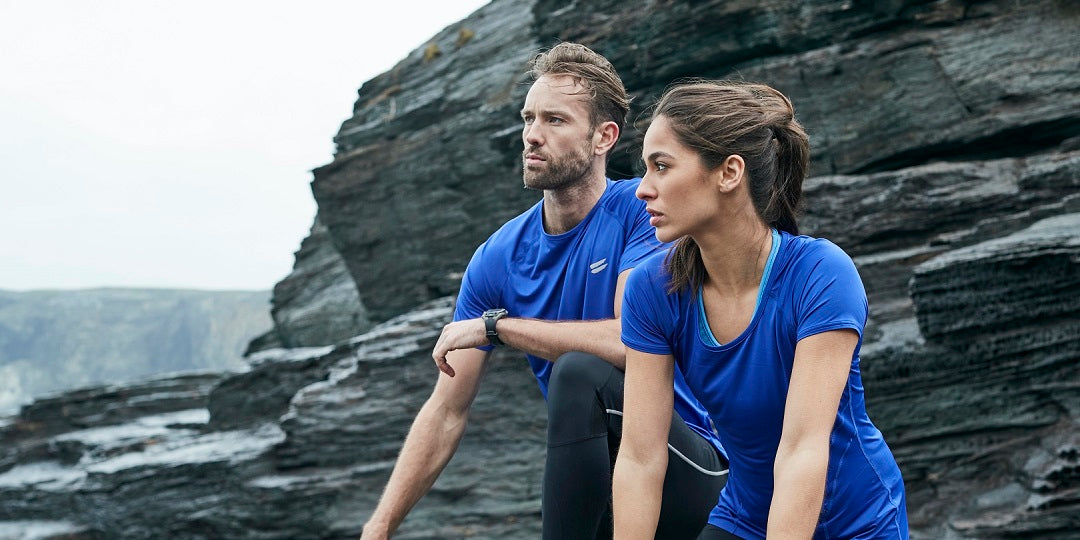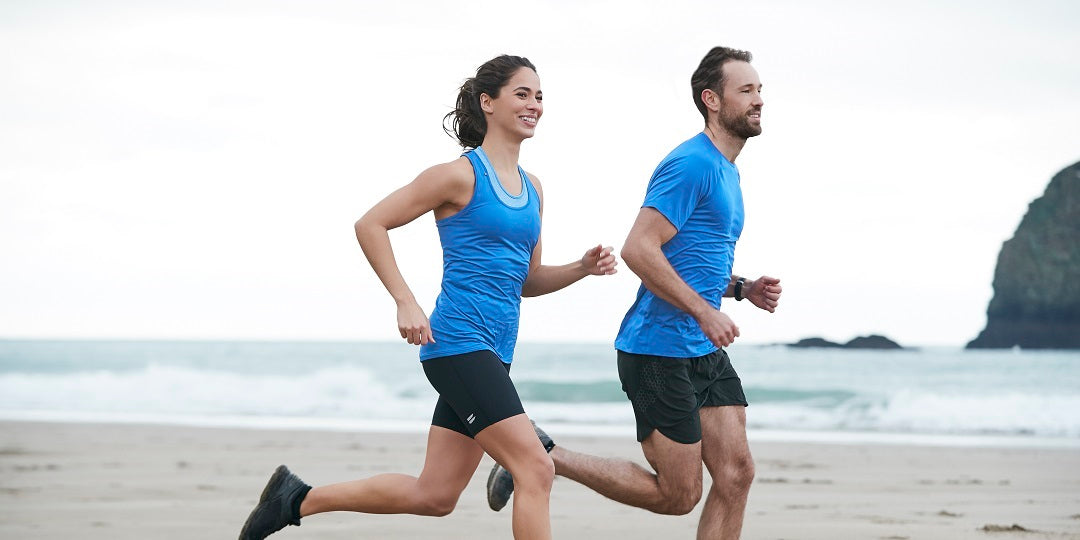Summer has arrived and whilst it enables us to enjoy the great outdoors with barbeques, rooftop cocktails, trips to the seaside and so on, it can be less than kind to us runners. Running in hot temperatures puts you at risk of dehydration, heat exhaustion, heat stroke and heat cramps. Follow these tips to make sure you're not at risk this summer.
Stay hydrated
Make sure that you’re drinking enough water throughout the day. Aim to drink one pint of water roughly two hours before your run. A simple test to measure whether or not you’re adequately hydrated is to the colour of your urine. If it’s a pale yellow colour then it means that you are well hydrated.
If you’re going to be running a long distance make sure to bring water with you. Depending on the distance it is also advisable to bring along a sports drink in order to replenish electrolytes lost through sweat - something water does not replace.
Pre-cooling
Pre-cooling your body before your workout reduces your body temperature before you begin running and slows its rise once you start. There are number of methods for lowering your body temperature - ice vests or ice baths, for example - but the simplest method is to drink a semi-frozen icy drink before you start.
Run early
Consider getting out of bed earlier in order to run during cooler temperatures. Avoid running at midday when temperatures will be at their highest.
Plan your route
Search out a shaded route. Take advantage of tree-lined paths or tall buildings. Even better, get off the tarmac and onto the trail. Road surfaces absorb heat and radiate it back onto you.
Acclimatise
Allow your body to acclimatise to running in hotter temperatures by slowing down. Higher temperatures will naturally lead to a reduction in pace; don’t put yourself at risk by trying to hit your usual pace. Let your body get used to running in the heat; then work on your speed and distance.
Dress appropriately
Keep cool and comfortable by making sure that you’re wearing lightweight, sweatwicking, high-breath garments. Garments such as these, for example tribesports.com...






Leave a comment (all fields required)